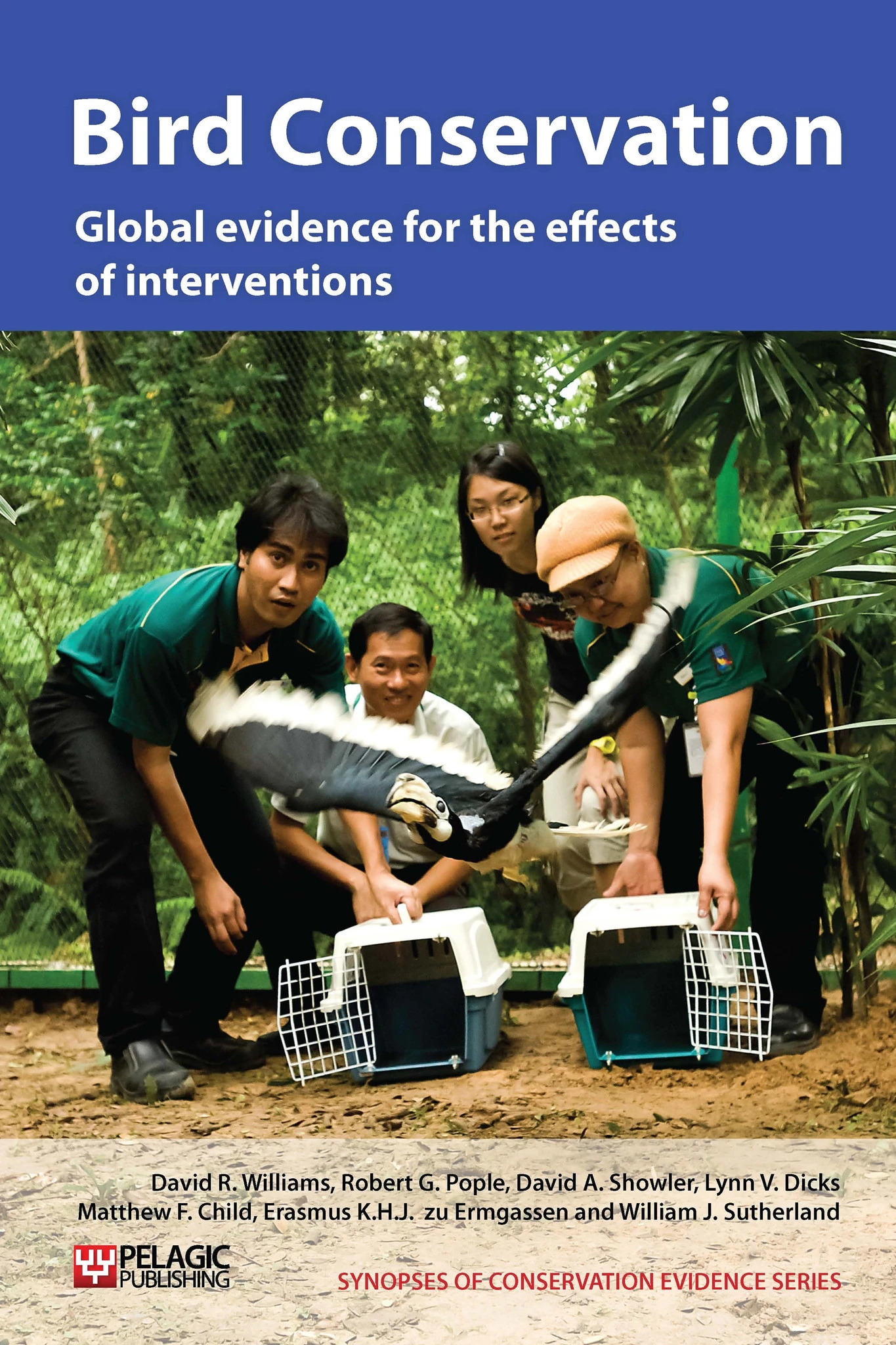Physically protect nests from predators using non-electric fencing
-
Overall effectiveness category Likely to be beneficial
-
Number of studies: 4
View assessment score
Hide assessment score
How is the evidence assessed?
-
Effectiveness
45% -
Certainty
48% -
Harms
not assessed
Study locations
Supporting evidence from individual studies
A controlled, replicated before-and-after study in Massachusetts, USA (Rimmer & Deblinger 1992) found that the proportion of least tern Sterna antillarum nests lost to predation was significantly lower in two colonies protected in 1990-1 by 1.2 m high wire-mesh fencing (<1% nests predated, 87% hatched successfully, 191 nests monitored), compared to either three unprotected colonies over the same time period (46% of 69 nests predated, 41% hatched successfully) or the study colonies and nine additional colonies without fencing between 1987 and 1991 (52% of 833 nests predated, 16% hatched successfully).
Study and other actions testedA 1996 meta-analysis of 58 studies from the Prairie Pothole Region of the USA and Canada between 1935 and 1992 (Beauchamp et al. 1996) found that the nesting success of dabbling ducks Anas spp. declined over the study period, and that the rate of this decline did not differ between fenced sites and sites with no predator control. However, the intercept of the regression slope did differ significantly; with nesting success being higher in fenced sites than in sites without management or where predators were removed. There was no difference between fenced and island sites.
Study and other actions testedA 1996 meta-analysis of 58 studies from the Prairie Pothole Region of the USA and Canada between 1935 and 1992 (2) found that the nesting success of dabbling ducks Anas spp. declined over the study period, and that the rate of this decline did not differ between fenced sites and sites with no predator control. However, the intercept of the regression slope did differ significantly; with nesting success being higher in fenced sites than in sites without management or where predators were removed. There was no difference between fenced and island sites.
A 1996 meta-analysis of 58 studies from the Prairie Pothole Region of the USA and Canada between 1935 and 1992 (2) found that the nesting success of dabbling ducks Anas spp. declined over the study period, and that the rate of this decline did not differ between fenced sites and sites with no predator control. However, the intercept of the regression slope did differ significantly; with nesting success being higher in fenced sites than in sites without management or where predators were removed. There was no difference between fenced and island sites.
A small paired site study in 1998 on South Uist, northwest Scotland (Jackson 2001) found that fewer wader nests failed at two sites where fences were erected and hedgehogs Erinaceus europaeus removed, compared to two control, unfenced areas (38% of 52 nests lost, three to hedgehogs vs. 55% of 53 nests failing and 15 to hedgehogs respectively). Therefore, a smaller proportion of failures were attributable to European hedgehogs. Species in this study included the lapwing Vanellus vanellus, dunlin Calidris alpina, redshank Tringa totanus and snipe Gallinago gallinago. There was no evidence of compensatory predation by other species following hedgehog removal. Fences successfully excluded hedgehogs from one experimental site, but rabbit Oryctolagus cuniculus burrows allowed 33 hedgehogs to re-enter the second site.
Study and other actions testedA randomised, controlled study in 1996 at one site on a sandbar in Washington State, USA (Good 2002) found that egg survival and hatching success of gull pairs in the western gull Larus occidentalis × glaucous-winged gull Larus glaucescens hybrid complex were significantly higher for nests with makeshift, 30 cm tall wooden exclusion fences (54% egg survival, 38% hatching success for ten pairs) than for control nests with no screening or ‘natural screening’ e.g. driftwood etc. (14% egg survival, 13% hatching success for 54 pairs). The fledging rate, however, was not significantly higher for protected nests (29% vs. 8% respectively) and the distribution of nests that failed to produce any fledglings did not differ from a uniform distribution across protected and control nests.
Study and other actions tested
Where has this evidence come from?
List of journals searched by synopsis
All the journals searched for all synopses
This Action forms part of the Action Synopsis:
Bird Conservation
Bird Conservation - Published 2013
Bird Synopsis





)_2023.JPG)














